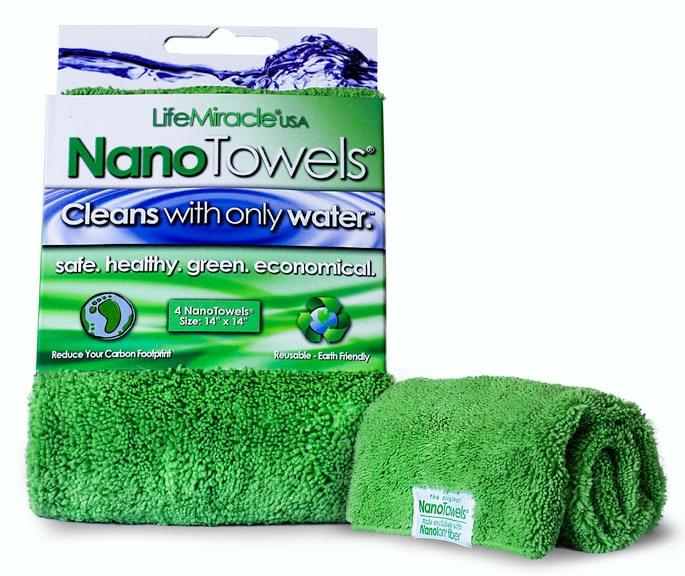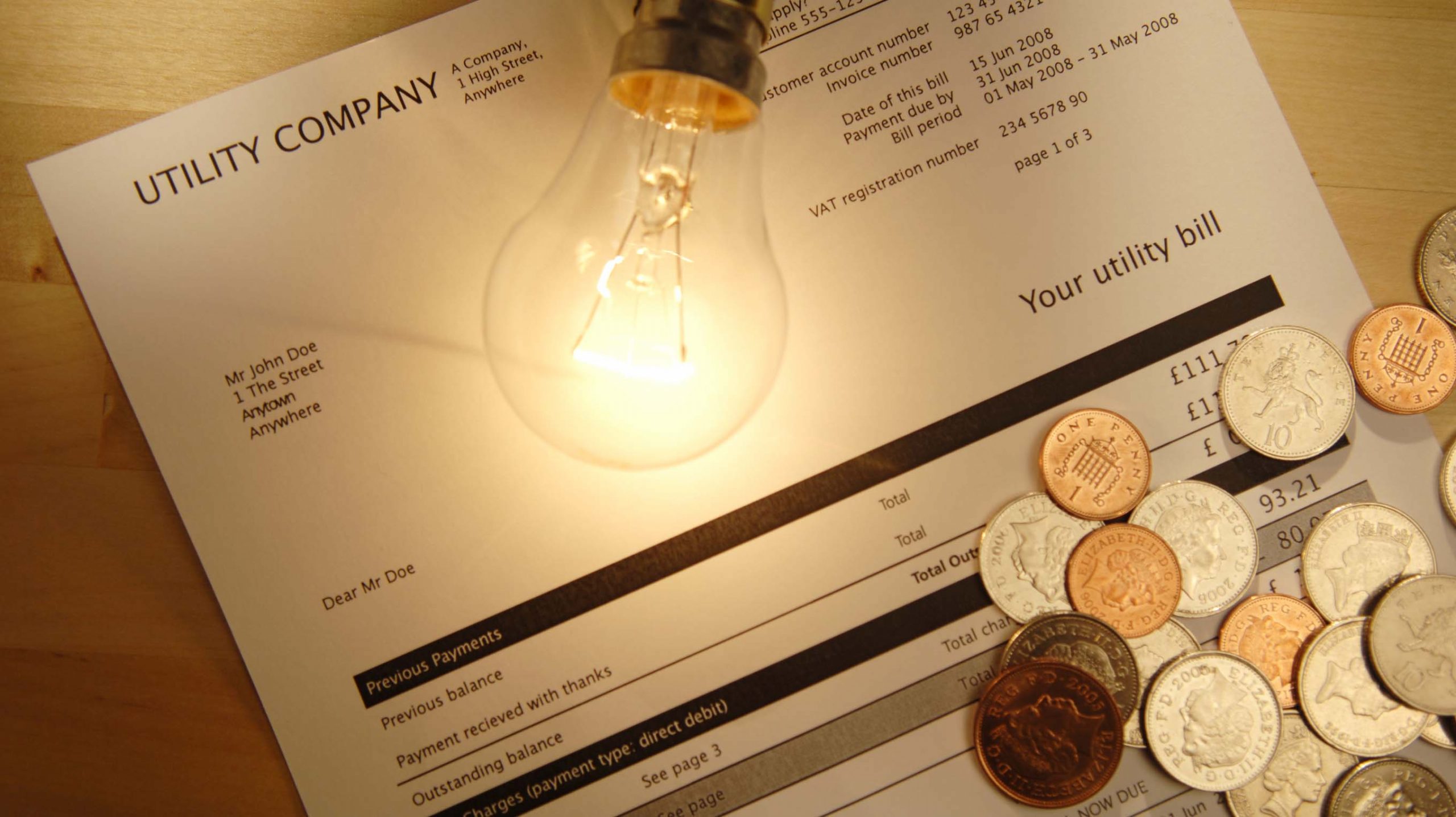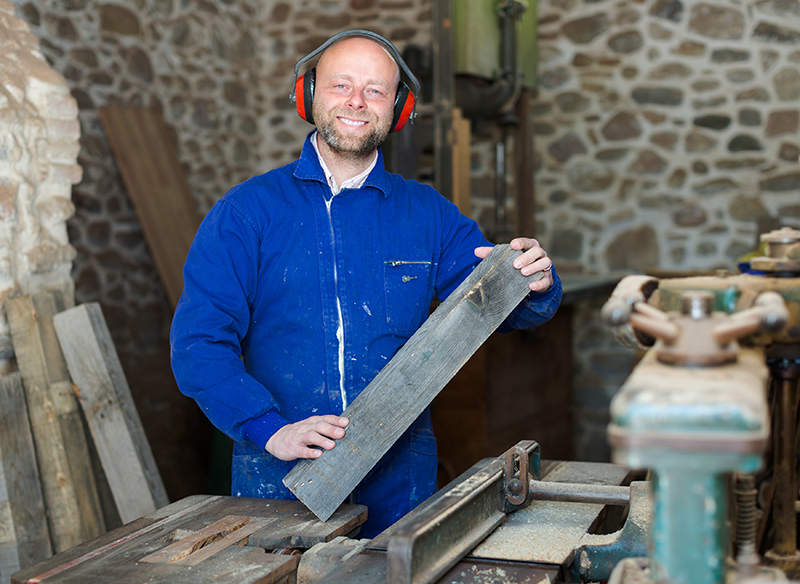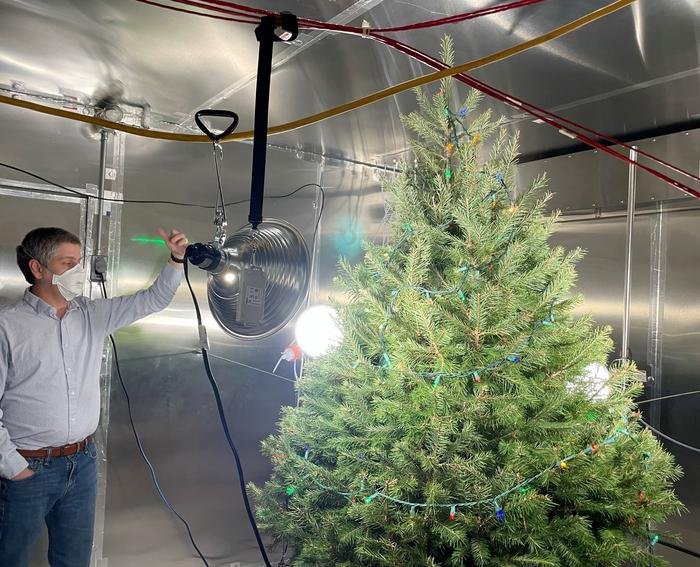NIST researchers placed a common type of Christmas tree in a sealed chamber for 17 days to monitor and measure the chemicals it emits. These chemicals called volatile organic compounds (VOCs) give that pine smell and can react with ozone to form byproducts. They found low amounts of these chemicals, which may be a potential concern for people who are sensitive to them.
The post Jingle bells, what’s that smell? Can cut Christmas tree off-gassing be bad for you? appeared first on Green Prophet.
Measuring the chemicals emitted by a Christmas tree in the lab
Many families enjoy not only having a live tree inside their homes but also smelling the fresh fragrance it creates at Christmas. That smell comes from chemicals produced by the tree called volatile organic compounds (VOCs). And they may have health effects, perhaps not all positive.
Dustin Poppendieck, an environmental engineer at the National Institute of Standards and Technology (NIST) looked into it. He took a common type of Christmas tree — a Douglas fir— and sealed it inside a chamber. He and his team measured the amount and type of VOCs it emitted over 17 days and how they related to indoor air quality.
“Our nose is a good chemical sensor,” says Poppendieck. “We know that these trees are emitting something, and the question then becomes: How big of a source is it?
“We wanted to explore which chemicals are emitted and how much, and to put that into the context of other sources of chemicals in a house.”
The fresh smell that is commonly associated with Christmas trees comes from a group of VOCs called monoterpenes, he says, which are also found in air fresheners, candles and some personal care products. In the outdoors, conifers, the group of plants that includes most Christmas trees, release natural monoterpenes, and they can affect outdoor air quality.
But little is known about how much monoterpene is released when a tree is cut down and placed indoors.
In their experiment, the researchers simulated a home environment. They decorated the tree in a typical holiday lighting setup and shone bright lights on it to mimic the day-night cycle. They turned off the lights every 12 hours and watered the tree every day. They brought in outside air at a rate typical for households, and constantly measured chemicals in the indoor air.
Monoterpenes, they found, were the most abundant VOC emitted from the tree. They peaked during the first day before diminishing significantly by the third day. Their concentration was initially at the same level of a plug-in air freshener or newly constructed house before it quickly dropped by nearly 10 times its original amount, said Poppendieck. The researchers detected 52 distinct types of monoterpenes in their sampling.
Researchers then injected ozone into the chamber to see how it affected indoor air chemistry. They found that ozone reacted with the monoterpenes, forming byproducts such as formaldehyde, another type of VOC, as well as other reactive chemicals.
A case for allergies at Christmas time?
The monoterpene concentration diminished even more with the introduction of ozone, the researchers found, while formaldehyde levels rose, which showed an impact on indoor air chemistry. However, the amount of formaldehyde created was relatively small at around 1 part per billion. Typical US houses have formaldehyde concentrations ranging from 20 to 30 parts per billion. Sources include treated wood, furniture and paint.
Where is formaldehyde found in the home?
- Pressed-wood products (plywood, particle board, paneling)
- Foam insulation.
- Wallpaper and paints.
- Some synthetic fabrics (example: permanent press)
- Some cosmetics and personal products like lipstick.
For people who are sensitive to VOCs, Christmas trees could be one possible cause for watery eyes and noses, especially when the cut trees are brought indoors. In that case, Poppendieck suggests, opening a window near the tree will reduce exposure. In addition, newly cut trees can be left outdoors or in a garage for three days before bringing them into the home as the emission strength naturally decays over time.
“But for most people,” Poppendieck said, “this shouldn’t be a major concern. I’m still going to have a Christmas tree in my house.”
Don’t forget to water your Christmas tree every day, he adds. The greatest risk is a dried-out tree, which can become a fire hazard for your home.
The team’s findings have been published in the journal Indoor Environments.
Non-plastic alternatives to cut trees? Trees in a pot
In Cork, Ireland you can rent a Christmas tree. Maybe they will give off less aggressive VOCs because they aren’t in pain and dying?
You can find the services in Paris, Cork, Ireland and in some cities in Germany –– companies renting out Christmas trees in the pot every year. You rent a tree and then return it alive after the holidays. The trees last about 7 years and when they get too big for the home, they are planted in the forest.
There are more that planetary reasons to save 30 million Christmas trees every year in America. Trees are a carbon sink and the more we keep them growing, the better it is for greenhouse gas emissions. Let’s hope that the research team looks next at non-cut trees and their effects on indoor air quality. Green Prophet is waiting for the answer.
Colm Crowley from Christmas Tree says: “It’s a very sustainable way to celebrate Christmas as the Christmas tree gets to live on, and it’s something I’m really passionate about.”
The post Jingle bells, what’s that smell? Can cut Christmas tree off-gassing be bad for you? appeared first on Green Prophet.
Recommended Story For You :

Bringing Dead Batteries Back To Life Is Simple!

SEPTIFIX to the Rescue! Say Goodbye to Problems and Hello to Savings

Ecomposing of Paper Towels Produce Methane Gas

A Leading Cause Of Global Warming!

A cleaner world where energy is abundant essentially free

and sourced directly out of the inherent power of the space surrounding us.

MIT Discovery can cut power bills by 65%

Easy DIY Power Plan Will Change Our World Forever

Discover the World with Our Passionate Geography Teacher in Memphis!

